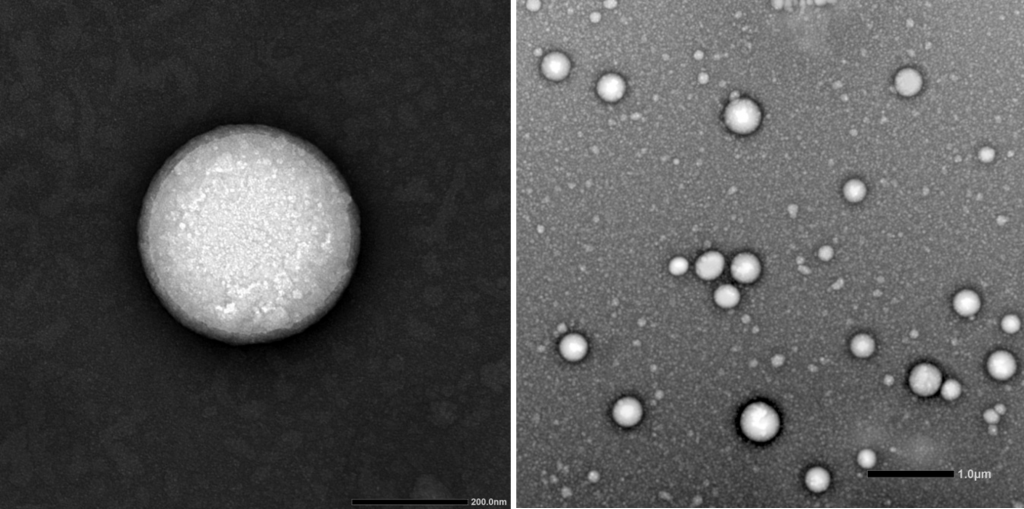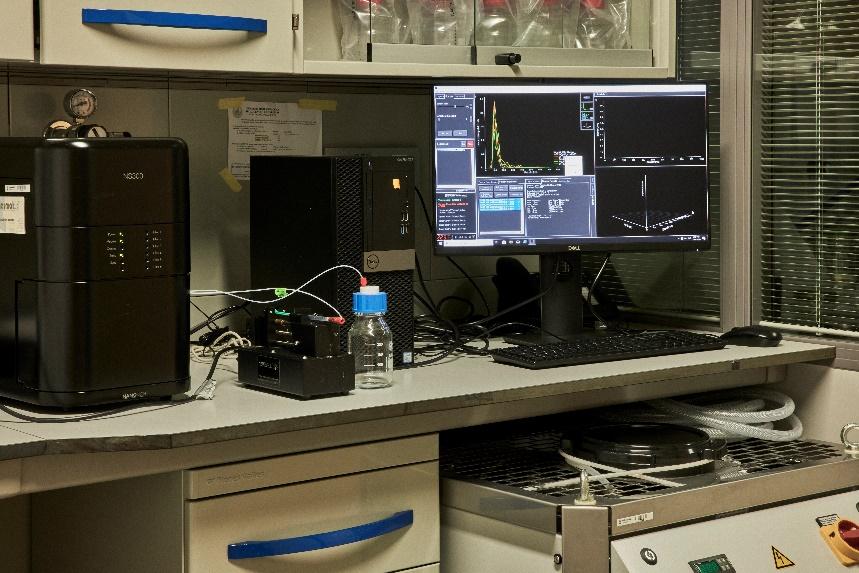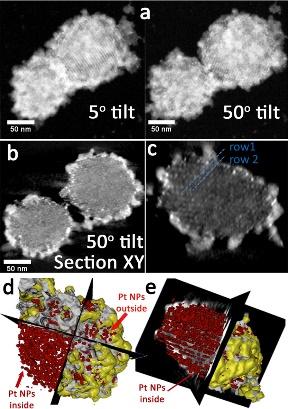U10-S02. Design & Development of micro- & nanocapsules
Design & Development of micro- & nanocapsules
Design & Development of micro- & nanocapsules for conventional drugs, peptides and proteins.
Customer benefits
Use of micro- and nanotechnologies for the design of specific formulations and capsules with conventional drugs, peptides and proteins for preclinical evaluation.
Target customer
- Pharmaceutical industry (e.g. nutraceuticals, cosmetics, …).
- Research groups aimed at the development of new drugs and pharmaceutics forms.











